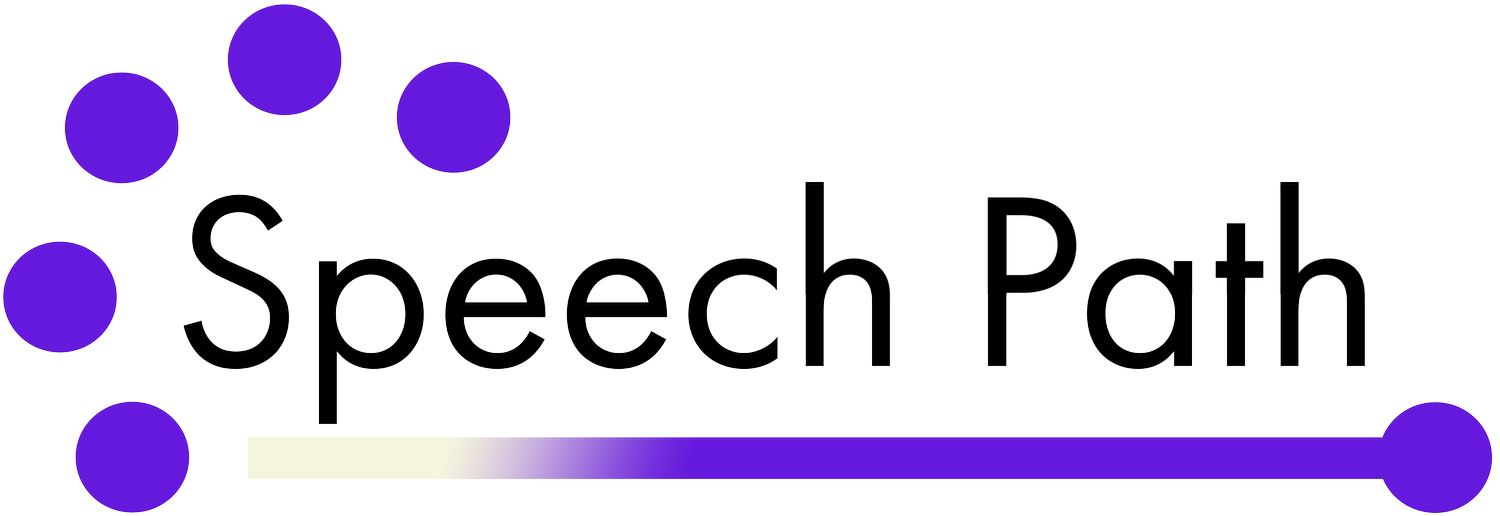Modeling Language to Support Communication Development
Language development is a cornerstone of a child’s growth, shaping their ability to understand the world, express themselves, and connect with others. The journey to develop communication skills may look different for some children, but every attempt—whether verbal, gestural, or behavioral—is a meaningful step forward.
As caregivers and professionals, one of the most impactful ways to support a child’s language development is through modeling language. This involves providing rich and consistent examples of language in everyday situations, helping children associate words with actions, objects, and feelings. Here’s a closer look at how you can use language modeling to create meaningful opportunities for communication, along with practical strategies you can start using today.
Why Is Language Modeling Important?
Modeling language offers children repeated exposure to words and phrases, giving them the building blocks to understand and use language at their own pace. It allows us to provide a safe and supportive environment for learning while honoring each child’s unique communication style. By modeling language, you can help children build vocabulary, grasp sentence structure, and understand the give-and-take of conversations—all while fostering connection and trust.
5 Powerful Strategies for Modeling Language
1. Narrate Activities in Real Time
Think of yourself as a narrator for your child’s world. Talk about what’s happening in the moment, describing actions, objects, and feelings to help them connect language with their environment.
Example: If your child is playing with a car, you might say, “You’re driving the car. The car goes fast! Zoom, zoom!”
2. Acknowledge and Expand Their Language
When your child communicates—verbally or nonverbally—acknowledge their effort and gently build on it. This approach encourages them to feel confident while introducing new vocabulary and ideas.
Example: If your child says, “Dog,” you can respond with, “Yes, big dog! The dog is barking—woof, woof!”
3. Incorporate Their Interests
Every child has unique interests, whether it’s dolls, dinosaurs, vehicles, or a favorite song. Use these passions as a bridge to introduce new words and ideas in a way that feels natural and engaging.
Example: If your child loves vehicles, you might introduce new relevant vocabulary by showing them and talking about different topics related to their interests. While playing with trains, you might load characters on to the train and have it stop at a pretend grocery store, so you can shop or go to the library, so you can read a pick out and read a book together.
4. Mirror Their Language
When your child uses specific words, phrases, or even sounds, reflect them back. This shows them that their communication is valued while offering subtle guidance toward more advanced language.
Example: If your child says, “Ba!” while looking at a ball, you can respond with, “Ball! Let’s roll the ball!”
5. Add Gestures and Signs
Combine verbal language with gestures, pointing, or basic sign language to provide a multi-sensory approach to learning. For children who may find verbal language challenging, these tools offer additional ways to understand and express themselves.
Example: While saying “milk,” you can make the sign for milk with your hand or point to the milk carton.
Honoring Every Communication Attempt
One of the most important aspects of language modeling is recognizing and valuing all forms of communication. Whether your child uses words, gestures, sounds, or behaviors, each attempt is meaningful and deserves acknowledgment. Responding with warmth and encouragement builds trust and creates a positive environment for learning.
Remember, progress looks different for every child. Even if your child doesn’t immediately imitate or respond, they are still benefiting from the language exposure and building their understanding over time.
Everyday Opportunities for Language Modeling
You don’t need special tools or a detailed plan to model language effectively. Here are a few simple ways to incorporate these strategies into your daily routine:
Mealtime: Talk about the food you’re eating. Discuss its color, texture, and taste. (“This apple is red and crunchy!”)
Bath Time: Narrate the steps of the routine. (“We’re pouring water. Splash! Time to wash hair.”)
Storytime: Point to pictures in a book and describe them. (“The cat is sleeping. It looks so cozy!”)
Playtime: Follow your child’s lead, describing their actions, and adding new words to the activity.
Key Takeaways for Caregivers
Language modeling is a simple yet powerful tool to support all kids in their language development journey. By narrating activities, expanding on your child’s words, incorporating their interests, mirroring their language, and using gestures, you create a rich language environment that encourages growth.
Every child learns at their own pace, so be patient, consistent, and, above all, responsive to their unique communication style. Remember, even the smallest interactions can make a big impact over time.
Need More Support? Our Team of Speech Therapists in San Francisco Can Help!
If you are looking for speech therapy in San Francisco or a speech therapist in California, The Speech Path in San Francisco can help. We understand that each individual is unique. For each communication challenge, we offer personalized care to ensure effective results. Our team of dedicated and experienced speech therapists is committed to tailoring evidence-based interventions to meet the specific needs of you or your child.
We offer speech therapy for adults and pediatric speech therapy in San Francisco, virtual speech therapy for adults and children throughout California, plus specialized programs, such as the Hanen It Takes Two to Talk Program, PEERS® social skills groups, parent consultations and assessments for childhood apraxia of speech, and play groups.
Whether the issue is articulation difficulties, language delays, fluency, or any other communication concern, we employ a holistic approach to foster progress and build confidence. We ensure that every session is a positive step towards improved communication skills. Contact us today to get started on the journey to enhanced communication and a brighter, more connected future.
